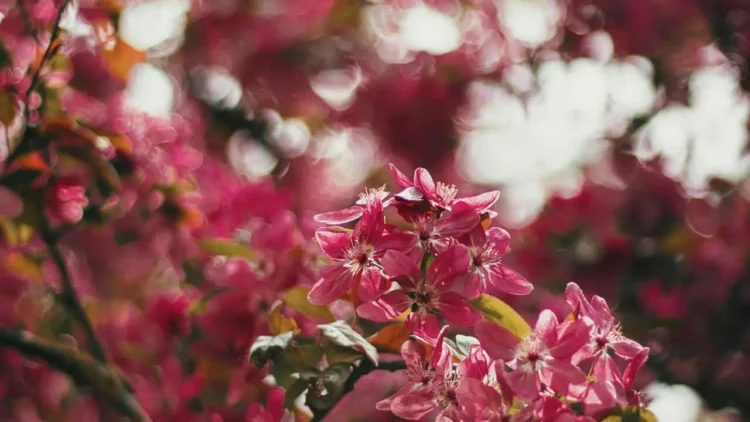Wayanad Wildlife Sanctuary, nestled in the lush Western Ghats of Kerala, India, is renowned for its rich biodiversity. Among the many species that call this sanctuary home is the invasive plant Senna Spectabilis. This article explores the impact of Senna Spectabilis on the sanctuary’s ecosystem, its characteristics, and its efforts to manage its spread.
What is Senna Spectabilis?

Read Also: Stampede at the UP Prayer Meet: 116 Lives Lost in Tragic Incident.
This is a flowering plant native to tropical regions of America. Known for its vibrant yellow flowers, it was introduced to India for ornamental purposes and reforestation. However, it has since become an invasive species.
Efforts to Manage Senna spectabilis
- Manual Removal: Forest management teams manually remove the plant, including uprooting young plants and cutting down mature trees.
- Community Involvement: Engaging local communities in awareness and removal activities helps manage the spread of the Senna plant.
- Research and Monitoring: Ongoing research on the ecological impact and effective control methods is crucial for developing long-term management strategies.
The presence of the Senna plant in Wayanad Wildlife Sanctuary underscores the complex challenges of managing invasive species. While it adds to the sanctuary’s floral diversity, its invasive nature threatens the ecological balance. Concerted efforts from forest authorities, researchers, and local communities are important to mitigate its impact and preserve the sanctuary’s rich biodiversity.
To get more out of our exclusive news, Join us on our WhatsApp Channel, Facebook, X, and Instagram.















